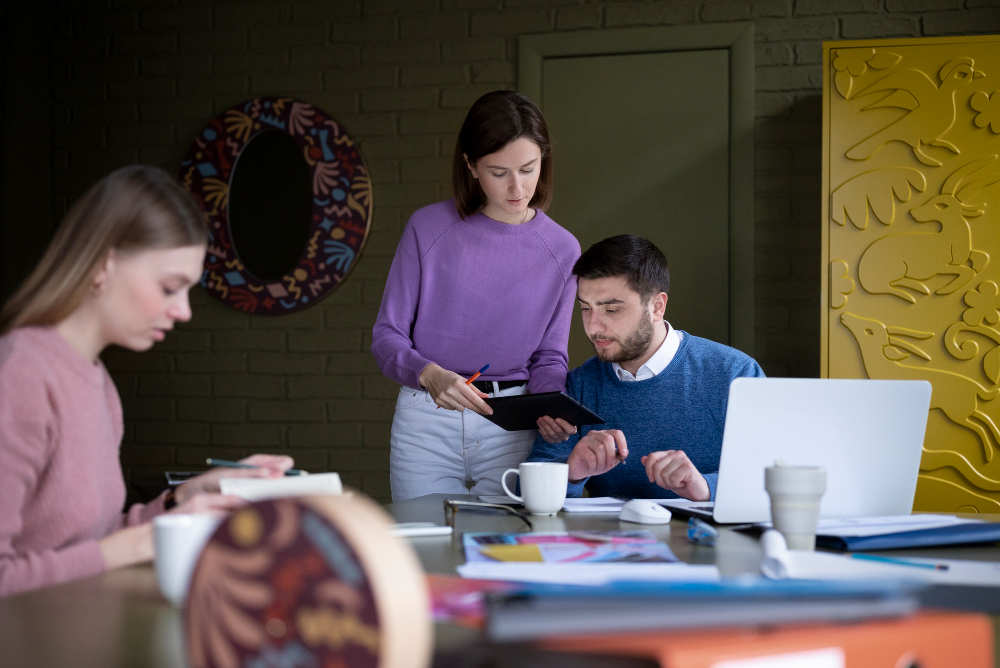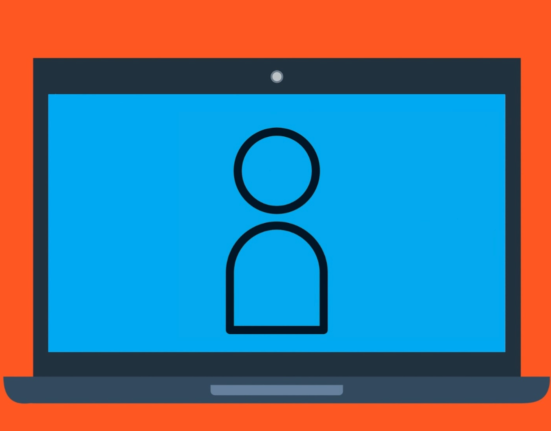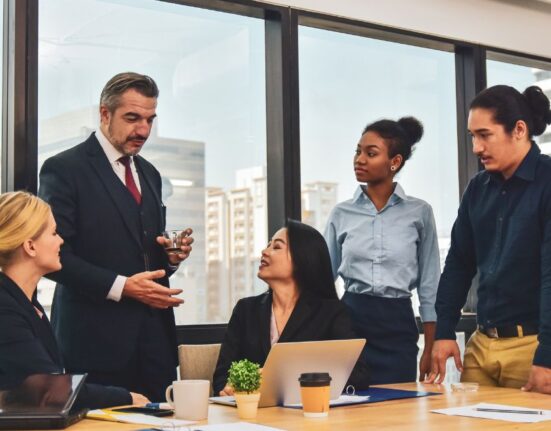The modern workplace is more than a collection of desks and chairs. Office design directly influences how employees interact, feel, and stay connected to the organization. While leadership, policies, and incentives are often highlighted as drivers of culture and retention, the physical environment plays an equally important role. Thoughtful design supports collaboration, reinforces identity, and creates a sense of pride, which strengthens team culture and reduces turnover.
How workspace affects team dynamics
The layout of a workplace impacts communication and collaboration in subtle but significant ways. Open areas encourage spontaneous interaction and idea sharing, while quiet zones support focus and deep work. Employees who can move easily between collaborative and private spaces feel more in control of their workday.
Effective office design anticipates team needs. For example, situating cross-functional teams near each other reduces unnecessary delays and fosters stronger relationships. Corridors, meeting spaces, and breakout areas guide workflow in a way that enhances both efficiency and connectivity. When employees feel the environment supports their daily interactions, engagement and collaboration increase naturally.
The link between design and retention
Physical comfort and aesthetics influence loyalty. Employees who work in well-maintained, functional, and visually appealing offices are more likely to stay long-term. Satisfaction is reinforced when the environment reflects care, professionalism, and organizational pride.
Workspaces that prioritize ergonomics, lighting, and layout show employees that their well-being matters. Comfortable surroundings reduce fatigue and frustration, while aesthetically consistent spaces build a sense of belonging. High-quality design communicates that the company invests in both its people and its reputation, strengthening retention.
Comfort, privacy, and functionality
Comfort extends beyond ergonomics to include temperature, lighting, and accessibility. Adjustable chairs and desks, proper illumination, and climate control support employees throughout the day. When basic needs are met consistently, energy can be focused on productive work rather than managing discomfort.
Privacy is equally important for morale. Quiet areas for concentration and private facilities for rest and hygiene create respect for personal space. Durable and hygienic solutions, such as powder coated steel bathroom partitions, protect privacy while reducing maintenance, contributing to a professional environment. Functional design choices like these help employees feel secure, supported, and valued.
Material quality and aesthetics
The materials chosen for an office influence both perception and experience. High-quality finishes, durable surfaces, and visually coherent elements signal professionalism. Employees feel more motivated and engaged in environments that are well cared for and consistently maintained.
Upgrades such as commercial painting improve aesthetics and longevity, ensuring walls and surfaces remain clean and visually appealing. Materials that resist wear and are easy to maintain reduce distractions and reinforce a sense of pride in the workplace. When employees see that their surroundings are well thought out, it strengthens their connection to the team and organization.
Flexibility and adaptability in office layout
Modern work requires adaptable spaces. Teams change size, projects evolve, and hybrid work models are common. Flexible furniture, movable partitions, and multipurpose rooms allow the office to accommodate these shifts without disruption.
Adaptable layouts support collaboration without compromising focus. Employees can choose spaces that match the task at hand, whether that is concentrated work, team discussion, or casual brainstorming. This flexibility demonstrates that the organization values both efficiency and individual choice, reinforcing engagement and satisfaction.
Supporting employee wellbeing
Wellbeing extends beyond comfort to include mental health and cognitive performance. Natural light, ventilation, and thoughtful access to outdoor views improve mood, reduce stress, and enhance concentration. Workspaces that integrate these elements contribute to a positive daily experience and lower absenteeism.
Breakout areas, lounges, and social spaces encourage employees to recharge and interact. These areas support informal collaboration and relationship building, which strengthens team culture. When employees feel cared for in both their physical and mental environment, they are more likely to remain committed and productive.
Encouraging social interaction and collaboration
Social spaces are critical for engagement and knowledge sharing. Breakrooms, casual meeting areas, and communal tables allow employees to connect organically. These interactions build trust, reinforce shared goals, and strengthen the social fabric of the team.
A thoughtful mix of open and private areas ensures employees can engage as needed without compromising focus. Intentional social zones help prevent isolation, encourage communication across departments, and foster a culture of inclusion and collaboration.
Sustainability and corporate responsibility
Sustainable design aligns with employee values and long-term business goals. Eco-friendly materials, energy-efficient systems, and low-waste strategies demonstrate corporate responsibility. Employees often take pride in working for organizations that prioritize sustainability, which strengthens loyalty and engagement.
Energy-efficient lighting, recycled materials, and ventilation systems that support air quality all contribute to well-being and cost savings. A commitment to sustainability also signals forward-thinking leadership, reinforcing trust and satisfaction among employees.
Continuous evaluation and improvement
Workplace design is not a one-time investment. Needs evolve as teams grow, technology changes, and priorities shift. Gathering feedback and observing space use allows organizations to make incremental improvements that maintain engagement and support productivity.
Small updates, such as rearranging layouts, upgrading finishes, or adding acoustic treatments, can yield significant benefits. Regular evaluation ensures the environment continues to meet employee needs, supports culture, and strengthens retention over time.
Conclusion
Office design plays a critical role in team culture and employee retention. Thoughtful spaces balance comfort, privacy, flexibility, and aesthetics, creating an environment where employees feel valued, supported, and connected.
By prioritizing design and durability as strategic investments, businesses create environments that foster collaboration, engagement, and loyalty. Well-designed offices are not only visually appealing but also functional, flexible, and supportive of wellbeing. This combination strengthens team culture, reduces turnover, and ensures long-term organizational success.
For more, visit Pure Magazine








